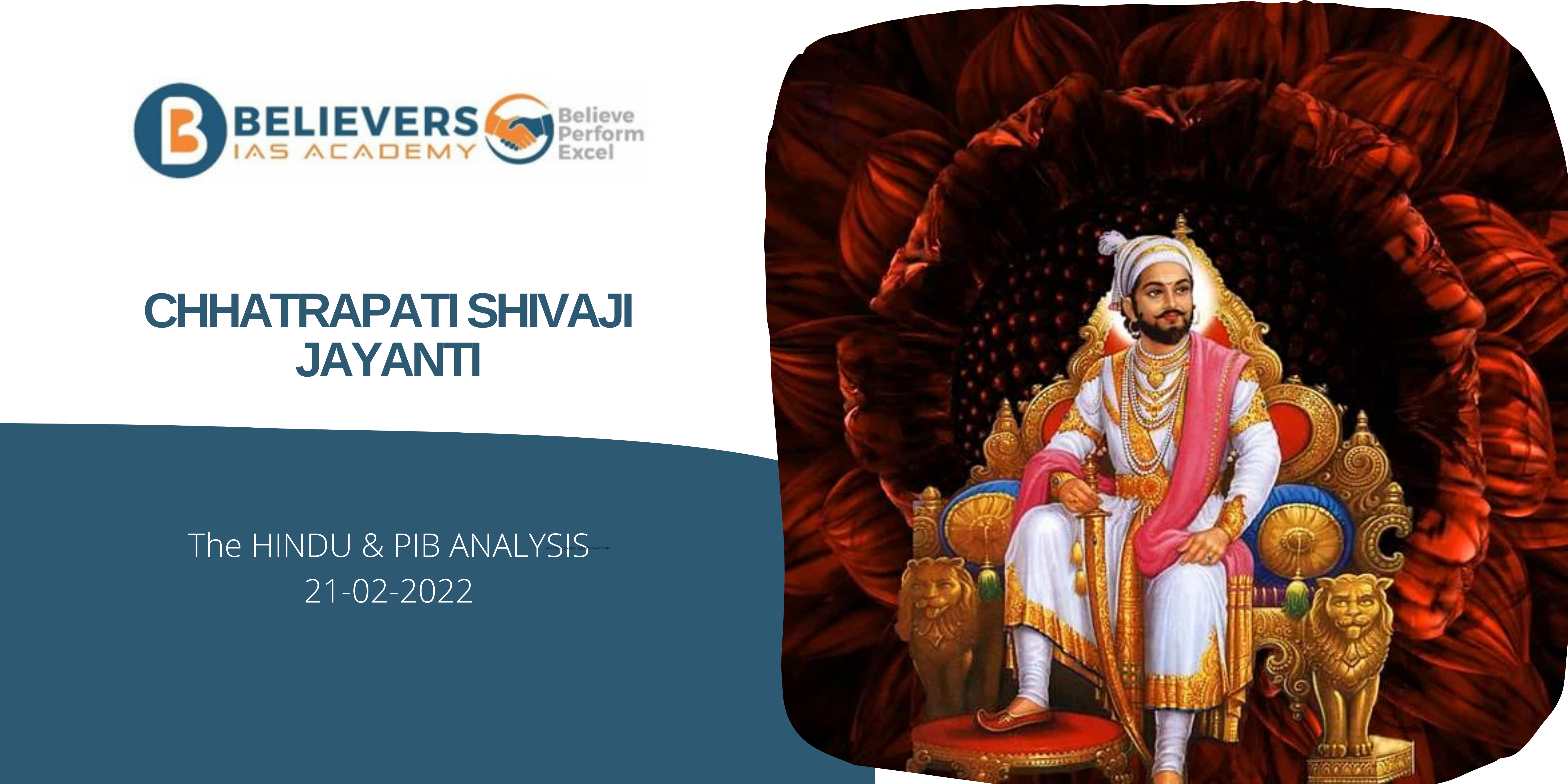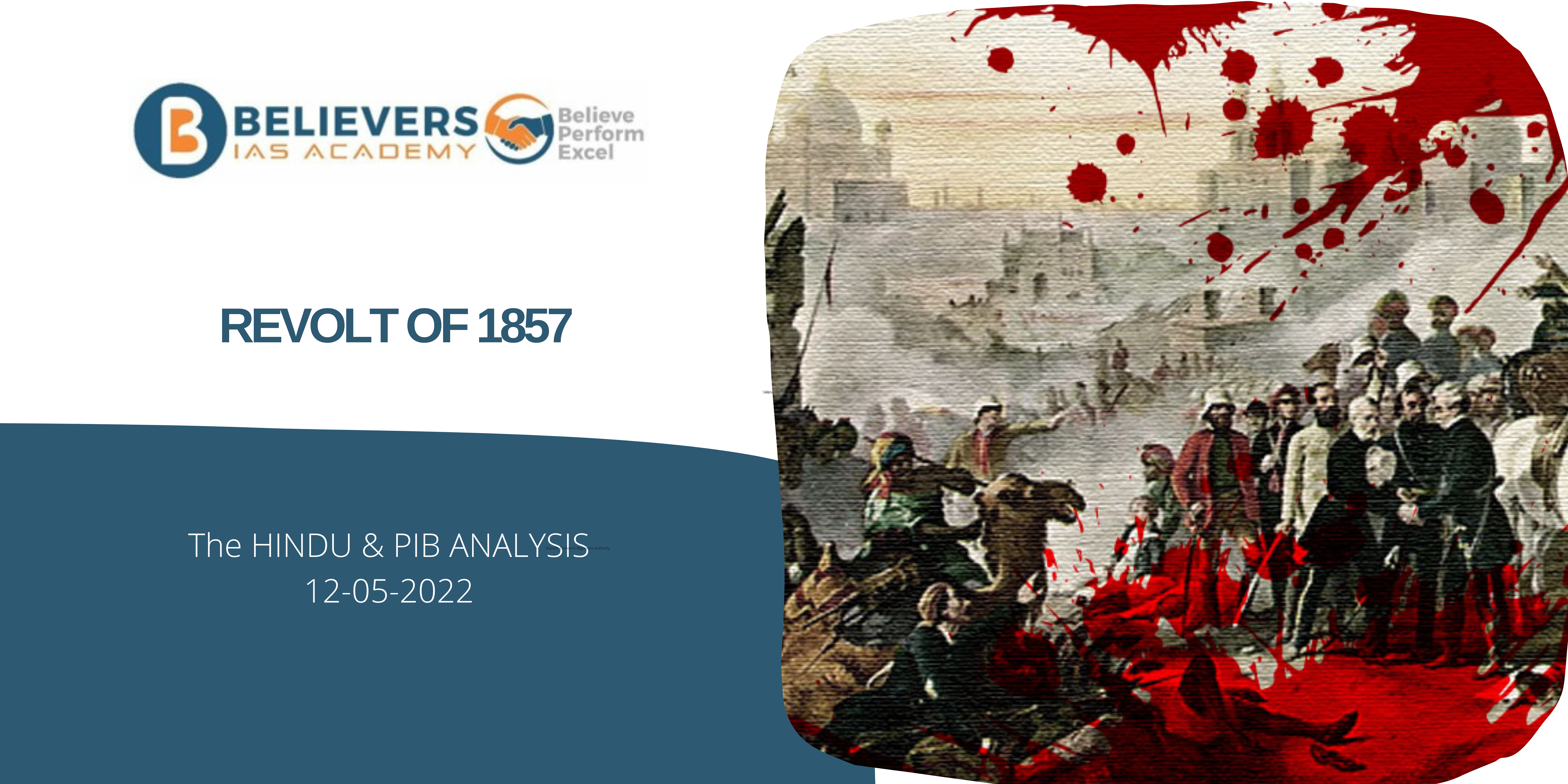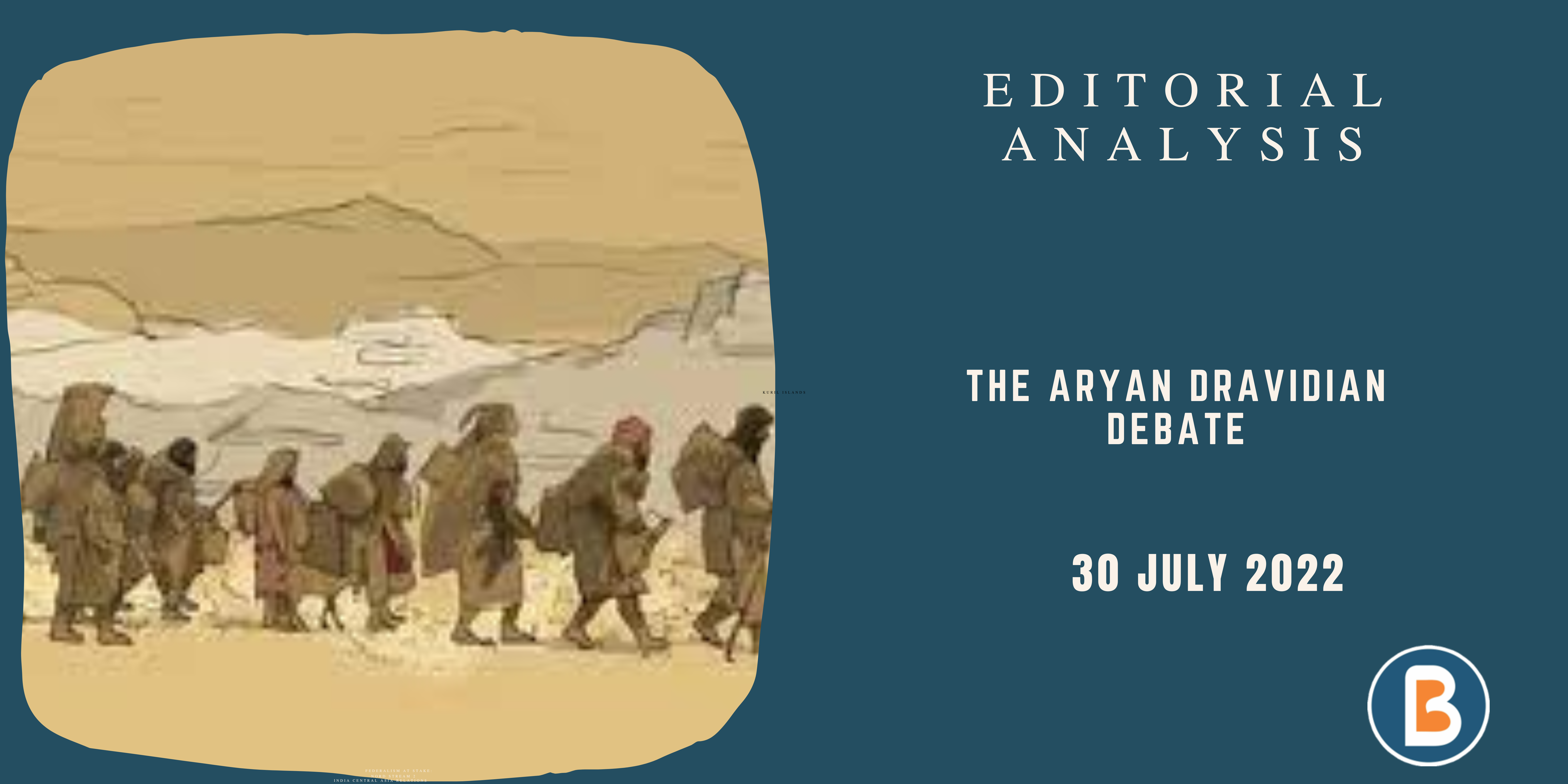Chhatrapati Shivaji Jayanti
Context:
- The Prime Minister, Shri Narendra Modi has paid tributes to Chhatrapati Shivaji Maharaj on his Jayanti.
- The Prime Minister has also said that his outstanding leadership and emphasis on social welfare has been inspiring people for generations.
About:
- He was born on 19thFebruary, 1630 at Shivneri Fort in District Pune in the present-day state of Maharashtra.
- He was born to Shahaji Bhonsle, a Maratha general who held the jagirs of Pune and Supe under the Bijapur Sultanate and Jijabai, a pious woman whose religious qualities had a profound influence on him.
- He displayed his military zeal for the first time in 1645 when as a teenager, he successfully got control of the Torna Fort which was under Bijapur.
- He also acquired the Kondana Fort. Both these forts were under Adil Shah of Bijapur.
Conflict with Mughals:
- He raided Mughal territory near Ahmednagar and in Junnar, 1657.
- Aurangzeb responded to the raids by sending Nasiri Khan, who defeated the forces of Shivaji at Ahmednagar.
- Shivaji defeated a large force of Shaista Khan (Aurangzeb’s maternal uncle) and the Bijapur army in Pune,1659.
- In 1664, the wealthy Mughal trading port of Surat was sacked by Shivaji.
- In June 1665, the Treaty of Purandar was signed between Shivaji and Raja Jai Singh I (representing Aurangzeb).
- As per this treaty, many forts were relinquished to the Mughals and it was agreed that Shivaji would meet Aurangzeb at Agra. Shivaji also agreed to send his son Sambhaji as well.
Central Administration:
- It was founded by Shivaji for the sound system of administration which was greatly inspired from the Deccan style of administration.
- Most of the administrative reforms were inspired from Malik Amber reforms in Ahmednagar.
- The King was the supreme head of state who was assisted by a group of eight ministers known as the ‘Ashtapradhan’.
- The peshwa, also known as the mukhya pradhan, originally headed the advisory council of the raja Shivaji.
Revenue Administration:
- Shivaji abolished the Jagirdari System and replaced it with Ryotwari System, and changes in the position of hereditary revenue officials which was popularly known as Deshmukhs, Deshpande, Patils and Kulkarnis.
- Shivaji strictly supervised the Mirasdars who had hereditary rights in land.
- The revenue system was patterned on the Kathi system of Malik Amber in which every piece of land was measured by Rod or Kathi.
- Chauth and Sardeshmukhi were other sources of income.
- Chauth amounted to 1/4thof the standard which was paid to Marathas as a safeguard against Shivaji’s forces raiding Non-Maratha territories.
- Sardeshmukhi was an additional levy of 10% demanded from areas outside of the kingdom.
Source: THE HINDU.




